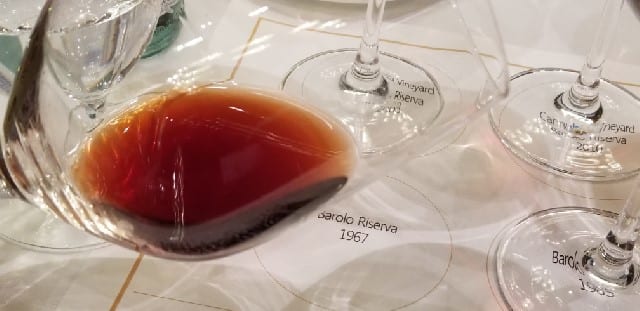Beppe Caviola may not be a familiar name to you. But, in Italy, he is considering one of the most important winemakers in Italy, consulting at more than 30 wineries around Italy, as well as making his own wine Ca'Viola. I met him on a recent visit to Piedmont, Italy and wrote about the famous "Flying Winemaker", also known as the "Dolcetto King" in my wine column in the
Napa Valley Register. Sharing the story here.

During my recent travels in Piemonte, I visited winery after winery who told me that their consulting winemaker is Giuseppe “Beppe” Caviola. Known as “The Flying Winemaker” or “The Dolcetto King,” Beppe Caviola is a consultant to more than 30 wineries in Italy, from Piedmont to Sicily and from the Marche to Sardinia, some of which are the most legendary estates in the country. And in the heart of Dogliani, Beppe Caviola has his own winery, Ca’Viola, which in local dialect means “little violet house.”
Beppe Caviola is from Montelupo in the Langhe. He attended the Enological School in Alba and then worked at the Enological Center in Gallo, just outside Alba. He found a small vineyard in Montelupo, called Barturot, and began making wine in the garage of his parents’ house. After some encouragement to bottle the wine, Beppe bottled 860 bottles of Dolcetto is 1991 and Ca’Viola was born.

17 July, 2018



